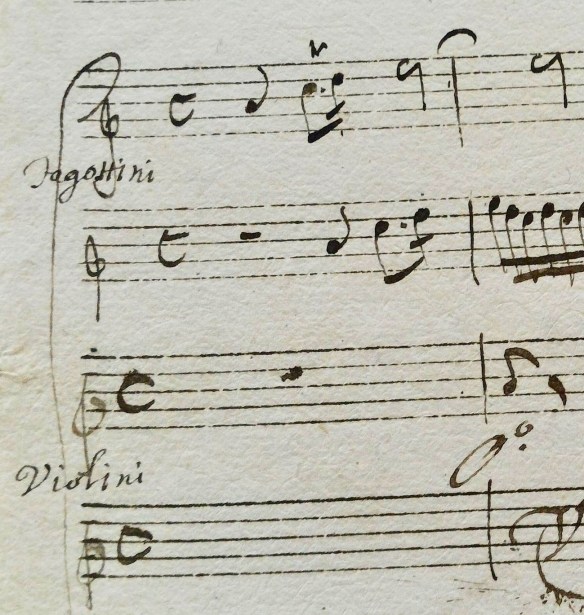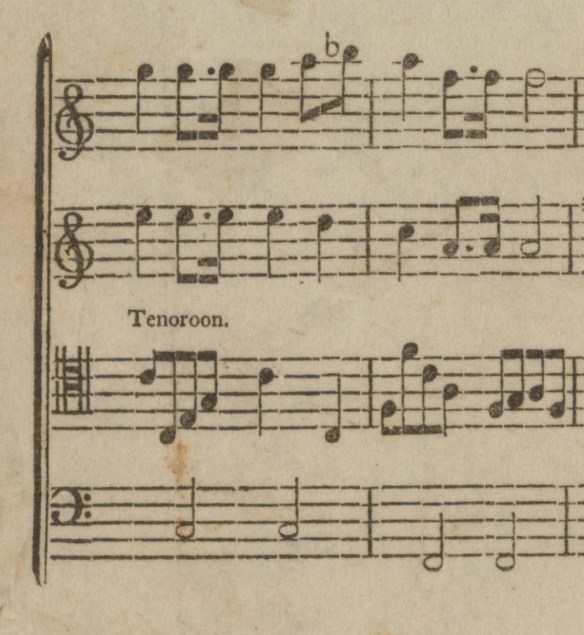About the music
Music for fagottino and tenoroon: rethinking the bassoon repertoire
Until recently, only a few examples in musical scores explicitly specifying “fagottino” or tenoroon” had been located. More are being discovered and documented during this project. Furthermore, references that appeared in original manuscripts are sometimes no longer printed in subsequent editions of the music, making it even harder to identify the music conceived for small-sized bassoons.


Nevertheless, the existence of a substantial number of surviving instruments—as shown by our catalogue—indicates that those instruments were indeed in use during the eighteenth and nineteenth centuries. On this basis, we are actively reconsidering bassoon repertoire, bearing in mind the suitability of which-sized instrument to the music and clues about historical performance practices. Our goal is to create a repertoire list suggesting what might have been written for and performed with fagottino or tenoroon.
How can we claim that something could have been written for fagottino or tenoroon?
Aside from cases where the instrument name is indicated in the score, we have developed a method to determinate the suitability of the small bassoons for a specific piece of music. The goal of this process is to determine possible fagottino music and to collect data that makes it possible to answer this key question. For that reason, each analysis addresses questions such as the range and viability of performance in a different key, as well as other musical aspects. This necessitates knowledge of historical bassoon key- and fingering-systems and other particularities in different time periods and regions.
Music hypothetically conceived for small-sized instruments is also connected to the instrument catalogue, thereby positioning works in a musical context of its time. In this way it is possible to draw connections between specific instruments or instrument makers and their regions, where direct contact with composers was certainly a probability. Additionally, the repertoire list includes several discussion points explaining why it is arguable that a specific piece of music be performed on a fagottino, a tenoroon in G, or one in F.